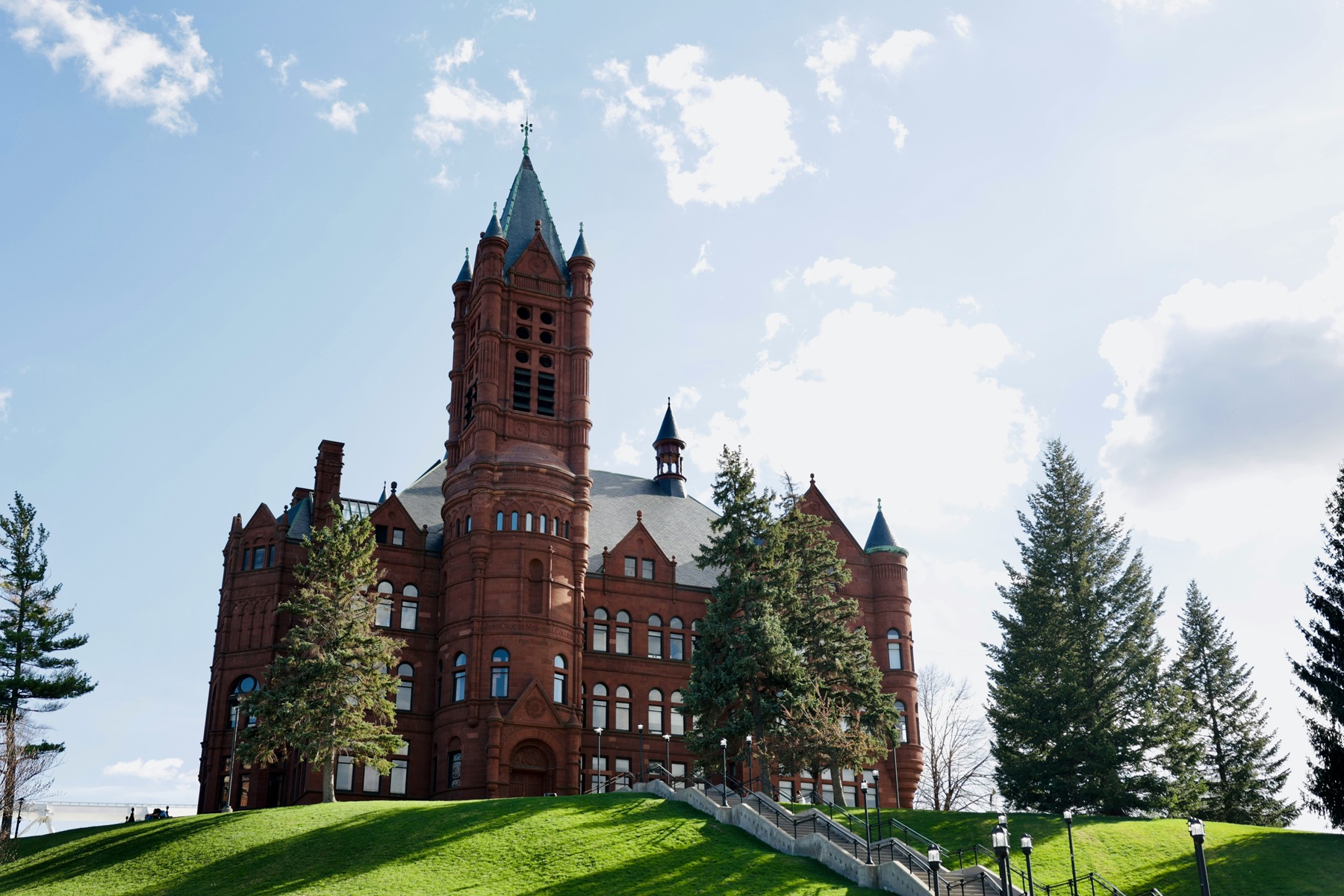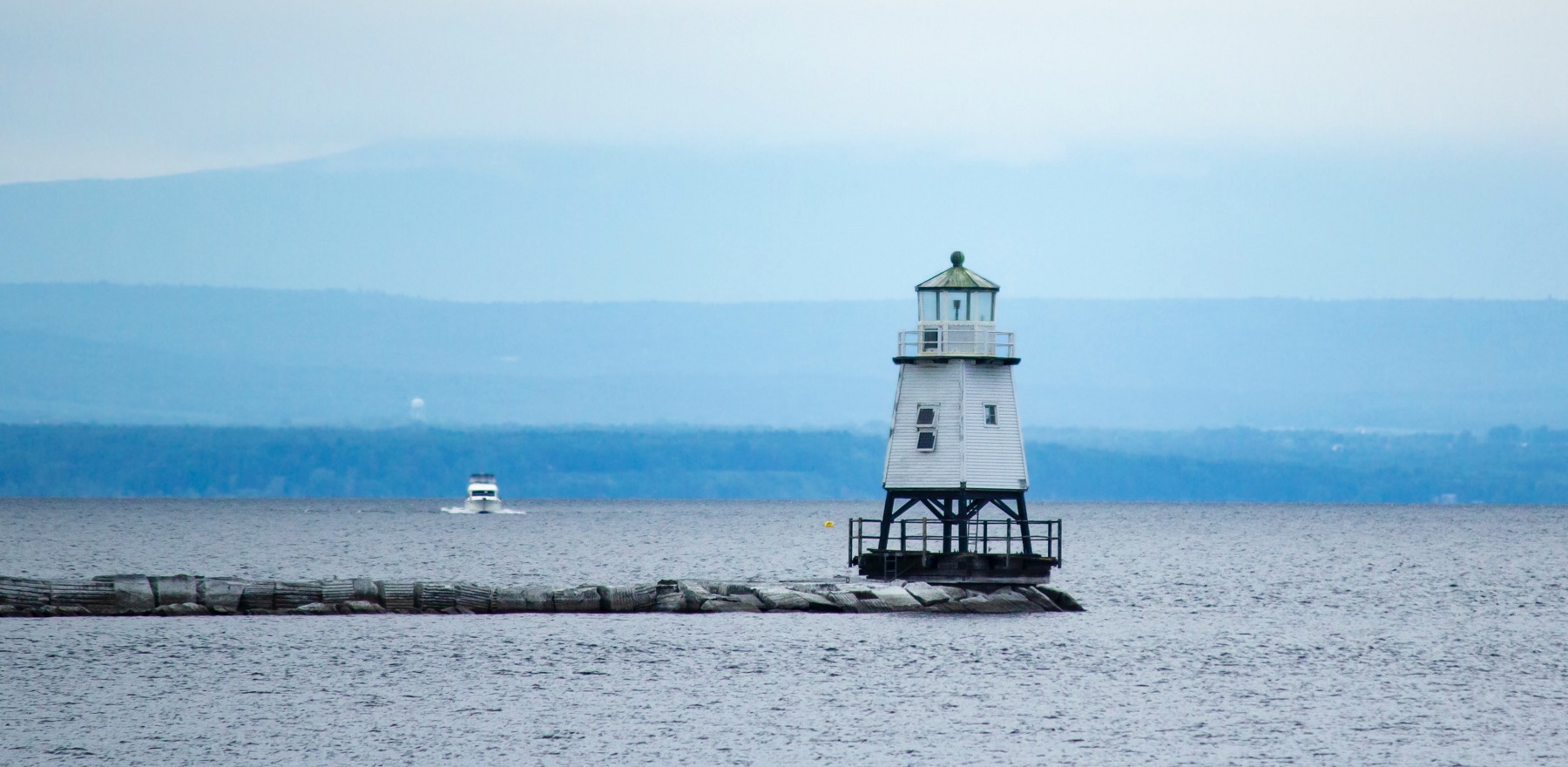Quick search
CTRL+K
Quick search
CTRL+K

Albany is the capital city of the state of New York. It has a rich history that dates back to the early 17th century. The area was originally inhabited by the Mohican and Iroquois tribes before European exploration. In 1609, English explorer Henry Hudson claimed the area for the Dutch, leading to the establishment of Fort Nassau in 1614 and Fort Orange in 1624. These trading posts attracted settlers, and the village of Beverwijck was founded around Fort Orange. In 1664, the English took control and renamed the settlement Albany, in honor of the Duke of Albany, the future James II of England. The city was officially chartered in 1686, making it one of the oldest continuously chartered cities in the United States.
In 1797, Albany was designated as the state capital, and throughout the 18th and 19th centuries, Albany became a significant transportation hub due to its strategic location along the Hudson River and the construction of the Erie Canal. This facilitated the movement of goods and people, contributing to the city’s growth and prosperity. Albany was a center for the fur trade, and later, industries such as brewing, lumber, and ironworks flourished. The city also played a crucial role in the American Revolution and was the site of the Albany Congress in 1754, which laid the groundwork for the later Continental Congress. In the 20th century, Albany continued to evolve, with developments like the Empire State Plaza and the growth of the high-tech industry, particularly in nanotechnology.
Albany is not a small city, and it has its share of highrise building. Yet, walking distances are short and comfortable between the interesting sights in and around the downtown area. The commercial center is located in the heart of Albany with State Street and North Pearl Street as main streets with sights, shops, and notable constructions. Here you will find mixed architecture from various eras, and sights like St. Peter’s Church. The church was designed by Richard Upjohn and his son Richard M. Upjohn in the French Gothic Revival architectural style and completed in 1876. Across the street from the church, you can see an early highrise, Albany City Savings Bank Building at 81 meters from 1903.
At the eastern end of State Street you can see the Federal Building, constructed by the Federal Government between 1874 and 1884 as a customs house and post office. You can also see a large palace-like building at the State University Plaza. It opened as the Delaware & Hudson Railroad Company Building with a thirteen story central tower. Today, the State University of New York system is centrally administered from the building. In Albany, you can also drive northwest of the central part of Albany to the university’s uptown campus. It was designed in the 1960s, and the large complex is a notable example of Brutalist architecture and offers a stark contrast to the city’s older buildings.
You arrive at the political heart of New York State at the western end of State Street. It is the location of one of the landmarks of Albany, the New York State Capitol. Inaugurated in 1879 and completed in 1899, this architectural marvel features a blend of Romanesque and Renaissance Revival styles, and it is know for its intricate carvings, grand staircases, and the stunning so-called Million Dollar Staircase, which took 14 years and 1.5 million dollars to complete. You can take guided tours to explore the building’s rich history and architectural beauty. After becoming a state, the State Legislature met at the Old Albany City Hall until opening of the first capitol building in State Street in Albany in 1812.
The capitol grounds are surrounded by interesting and impressive constructions. At West Capitol Park, you can see the Alfred E. Smith State Office Building, which was opened in 1930 as the tallest building in Upstate New York until completion of Buffalo City Hall the following year. To the north is the New York State Education Building, opened in Beaux-Arts style in 1912 and known for its expansive colonnade. To the south of West Capitol Park is the Legislative Office Building, which is also the beginning of the striking complex, Empire State Plaza.
Empire State Plaza is a large complex of modernist buildings designed by architect Wallace Harrison. The plaza includes various famous structures like the Egg, a unique performing arts venue known for its distinctive shape, and the New York State Museum, which offers exhibits on the state’s cultural and natural history. The plaza’s centrally located reflecting pools and public art installations provide a serene and visually appealing environment for visitors. And gives a great panoramic view to the complex with the four identical agency towers as a well-known profile in the skyline of Albany.
At the southern end of the Empire State Plaza, you can architecturally go a bit back in time from the modernist time to the beautiful Cathedral of the Immaculate Conception. It is a grand church which was completed in 1852. The great Gothic Revival cathedral is the mother church of the Roman Catholic Diocese of Albany, and notable features are the stained glass windows, intricate stonework, and the overall interior. A bit to the north of downtown is the Ten Broeck Mansion, built in 1797. The house is open as a historic house museum with decorations and furnishings from the mid-19th century, and it tells the story of the life of General Abraham Ten Broeck and his family.

Springfield in the state of Massachusetts is a city founded in 1636 by William Pynchon. It was originally known as Agawam Plantation, and it was the northernmost settlement of the Connecticut Colony before aligning with the Massachusetts Bay Colony. The city’s strategic location at the crossroads of major trade routes and its fertile soil made it an popular spot for early settlers.
Over the centuries, Springfield played a role in American history, from its early days as a trading post to its contributions during the Revolutionary War. In the late 18th century, Springfield became home to the Springfield Armory, established in 1777 by George Washington.

Syracuse is a city in New York State. Founded in 1820 and officially incorporated as a village in 1825, Syracuse has long been a significant place in Central New York. The early growth was fueled by the construction of the Erie Canal, which transformed Syracuse into a major transportation hub. Its strategic location and its thriving salt industry earned it the nickname Salt City, as it supplied much of the nation’s salt throughout the 19th century.
In the mid-19th century, Syracuse continued to expand with the coming of the railways, and it developed further as an industrial powerhouse. Syracuse became known for its manufacturing and engineering prowess, producing everything from typewriters to automobiles. Despite the decline of its traditional industries in the late 20th century, Syracuse has reinvented itself as a center for education and other industries, home to institutions like Syracuse University and a diverse range of businesses

New York City is a metropolis, also known as the Big Apple, and it is the epitome of the United States and much of what the United States stands for in diversity, opportunities and freedom. It is an international metropolis that attracts tourists from all over the world all year round, and there is always something exciting to see and do in this, the largest American city.
Upon entering the city the Statue of Liberty stands as a symbol of the land of the free and the American dream, which has always been popular among immigrants and tourists alike. The statue goddess overlooks Manhattan’s mix of the many classic and modern skyscrapers, bridges, rivers and many other sights and features.

Concord is the capital of the state of New Hampshire. Its history began in 1725 when the Penacook Plantation was established and on the site the settlement grew into what in 1734 became the town of Rumford. In 1765, Rumford changed its name to Concord at the behest of Governor Benning Wentworth. The name signified harmony and was chosen to bring an end to a dispute between the towns of Rumford and Bow.
Today, Concord is one of America’s smaller state capitals, but despite its size, there is much to see in the city. The most famous building is the government building New Hampshire State House, which was designed by the architect Stuart Park and built in the years 1815-1818. The building was expanded in 1910, but the state legislature still meets in the original setting.

Burlington is the largest city in the US state of Vermont. Its history dates to 1763, when the colonial governor of New Hampshire granted land for a new settlement to Samuel Willis and 63 others. Settlers began clearing some forest to establish themselves in 1775, but the American Revolutionary War put an end to permanent settlement.
Years passed, and Burlington was established through 1783-1785. In the Anglo-American War of 1812, Burlington became home to a large garrison that had more soldiers than there were inhabitants of the city. At the time, there were approximately 2,000 citizens in Burlington. Throughout the 19th century, the city was expanded, and in 1900 the population had increased to 18,000.
 Albany, New York, United States, USA[/caption]
Albany, New York, United States, USA[/caption]
Overview of Albany
Albany is the capital city of the state of New York. It has a rich history that dates back to the early 17th century. The area was originally inhabited by the Mohican and Iroquois tribes before European exploration. In 1609, English explorer Henry Hudson claimed the area for the Dutch, leading to the establishment of Fort Nassau in 1614 and Fort Orange in 1624. These trading posts attracted settlers, and the village of Beverwijck was founded around Fort Orange. In 1664, the English took control and renamed the settlement Albany, in honor of the Duke of Albany, the future James II of England. The city was officially chartered in 1686, making it one of the oldest continuously chartered cities in the United States.
About the Whitehorse travel guide
Contents: Tours in the city + tours in the surrounding area
Published: Released soon
Author: Stig Albeck
Publisher: Vamados.com
Language: English
About the travel guide
The Whitehorse travel guide gives you an overview of the sights and activities of the Canadian city. Read about top sights and other sights, and get a tour guide with tour suggestions and detailed descriptions of all the city’s most important churches, monuments, mansions, museums, etc.
Whitehorse is waiting for you, and at vamados.com you can also find cheap flights and great deals on hotels for your trip. You just select your travel dates and then you get flight and accommodation suggestions in and around the city.
Read more about Whitehorse and Canada
Canada Travel Guide: https://vamados.com/canada
City tourism: https://visitwhite-horse.ca
Main Page: https://www.vamados.com/
Buy the travel guide
Click the “Add to Cart” button to purchase the travel guide. After that you will come to the payment, where you enter the purchase and payment information. Upon payment of the travel guide, you will immediately receive a receipt with a link to download your purchase. You can download the travel guide immediately or use the download link in the email later.
Use the travel guide
When you buy the travel guide to Whitehorse you get the book online so you can have it on your phone, tablet or computer – and of course you can choose to print it. Use the maps and tour suggestions and you will have a good and content-rich journey.

Similar to Albany Travel Guide
